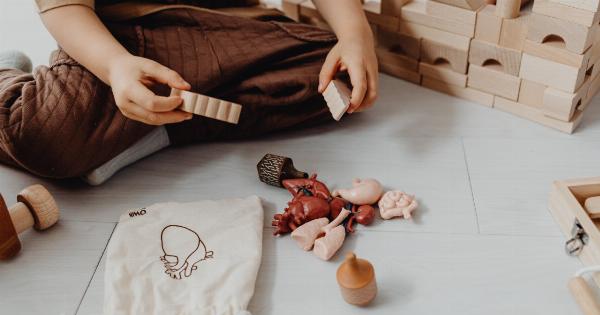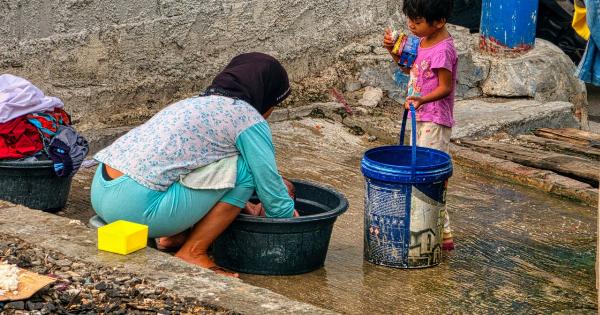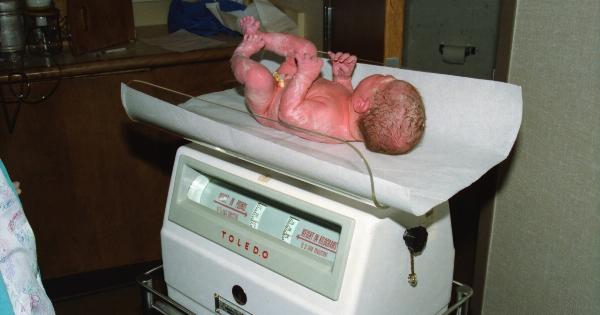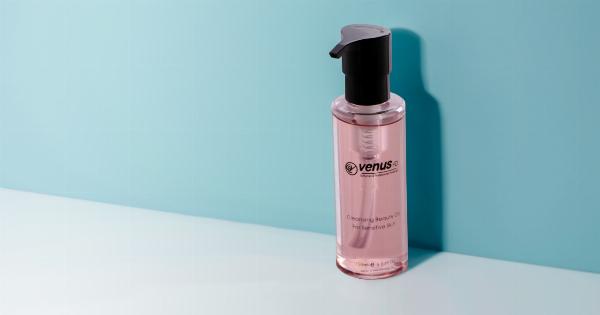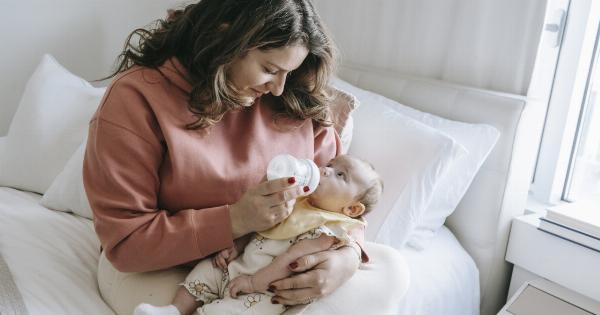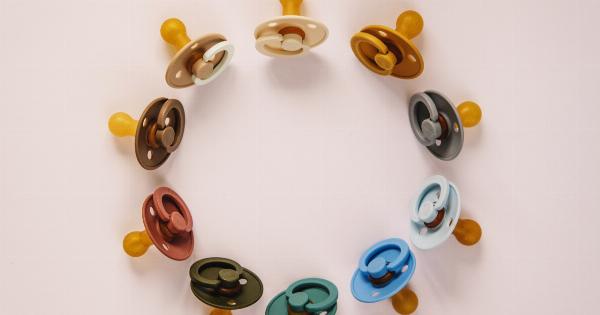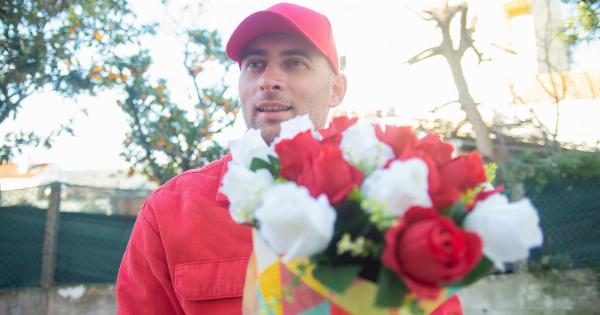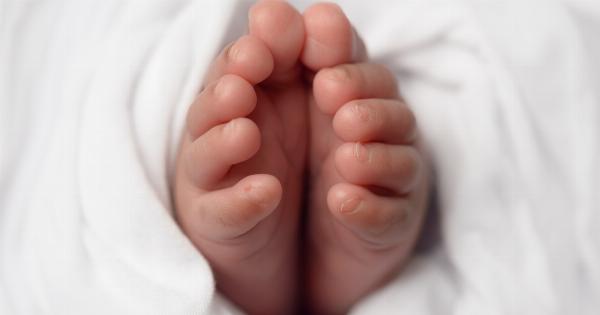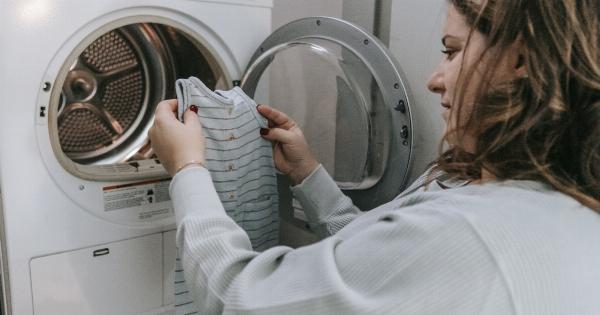Making sure your baby has a nutritious, fresh bottle of milk is essential for their growth and development. However, preparing milk in a bottle may seem like an easy task, but it requires some attention to detail.
Here are some steps to follow to ensure that your baby’s milk is prepared correctly:.
Step 1: Wash Your Hands and Work Space
The first thing you should do before preparing your baby’s bottle is to wash your hands thoroughly with soap and water. This helps prevent the spread of germs and ensures that you are not contaminating the milk.
Next, you should clean your work surface with hot, soapy water and rinse it thoroughly.
Step 2: Choose the Right Formula
When choosing formula, you should consult with your pediatrician to make sure it is appropriate for your baby. Some babies may have special formula requirements, such as hypoallergenic or soy-based formulas.
Once you have found the appropriate formula, follow the instructions on the package.
Step 3: Measure the Water
Before preparing the formula, you need to measure the required amount of water using a measuring cup.
Use room temperature water and keep in mind that the amount of water needed may vary depending on the stage of your baby’s development and the type of formula you are using.
Step 4: Add the Formula
Add the recommended amount of formula to the water. You can use the scoop provided in the package, or if the formula does not have a scoop, use a clean, dry measuring spoon.
Make sure to level off the scoop or spoon to ensure the proper amount of formula is used.
Step 5: Mix the Formula
Once the formula is added to the water, securely fasten the lid to the bottle and shake it vigorously until the powder has dissolved completely. If mixing by hand, make sure to use a whisk or fork to blend the formula well.
Step 6: Check the Temperature
After shaking or whisking the formula, it’s time to check the temperature to make sure it’s safe for your baby. To do this, place a few drops on the inside of your wrist; it should be warm, and not hot to the touch.
If it’s too hot, let it cool down to the appropriate temperature before giving it to your baby.
Step 7: Feed Your Baby
When it’s time to feed your baby, hold them in a comfortable position, keeping the bottle tilted so that the teat is always filled with milk. Make sure that your baby is feeding calmly and not gulping down the milk too quickly.
If the baby seems to be fussing during feeding, checks to see if the teat has gotten clogged and use only the teat recommended for your baby’s age range.
Step 8: Store Leftover Formula Properly
If there is any leftover formula, it must be discarded within two hours of preparation. Do not mix fresh formula with the old formula that has already been served. Store any unused formula in the refrigerator and discard it after 24 hours.
Conclusion
Properly preparing your baby’s milk in a bottle is essential to ensure their healthy growth and development.
Always follow safety guidelines and consult your pediatrician if you have any concerns about your baby’s nutrition or overall health.



